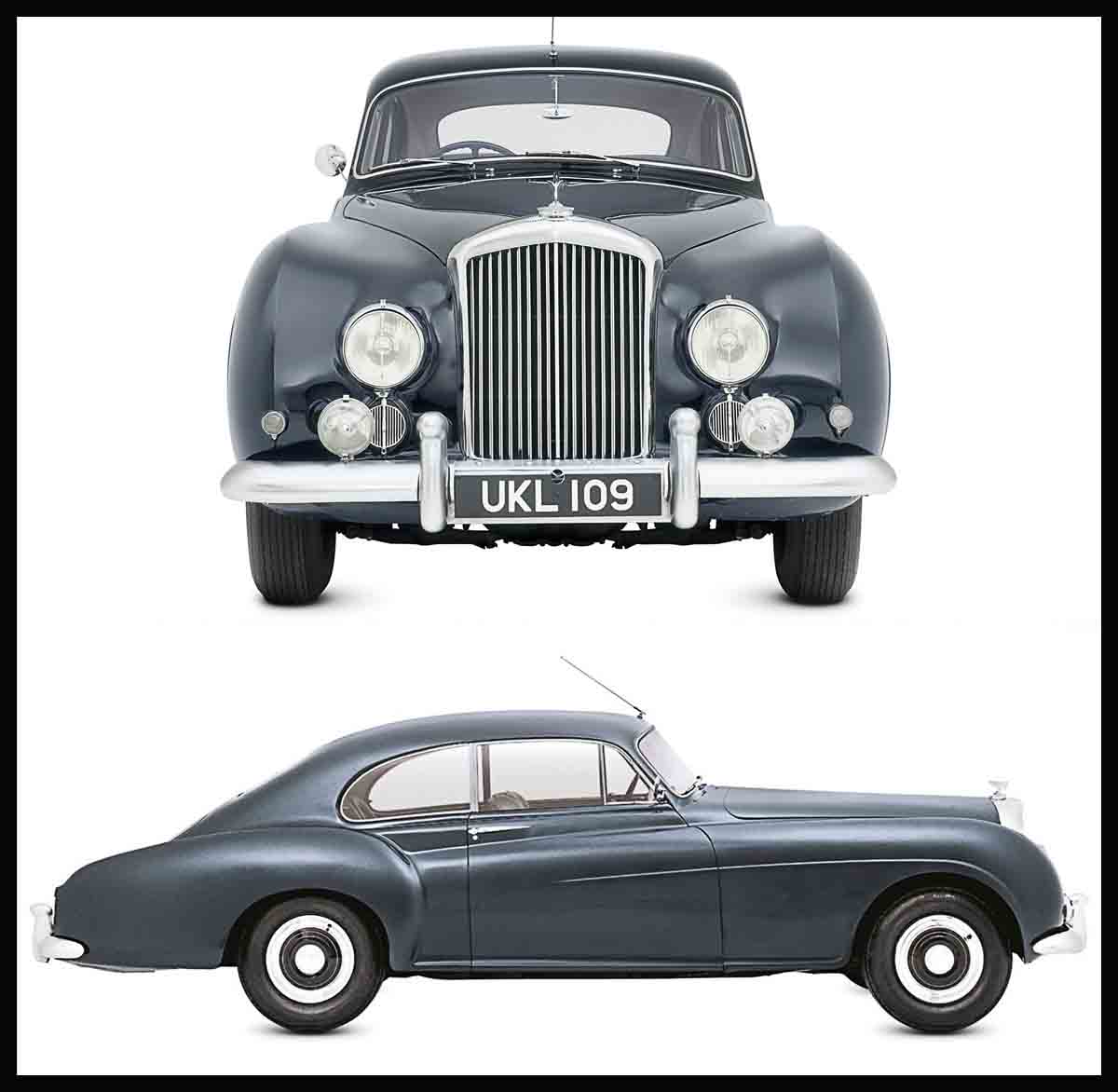
Luxury and Power
By the start of the 1950s Europe’s most prestigious car-makers were unveiling new, range-topping models. Firms such as Mercedes-Benz were well-known, but others, including British aircraft-maker Bristol, were new to the market. With a lot to prove, they were quickly demonstrating that they could make cars every bit as good as their established rivals’ models. In a world still ravaged by six years of war, where food and fuel were often rationed and streets still scarred with bomb damage, these exotic models, bought by an elite number of film stars, tycoons, and statesmen, seemed impossibly glamorous, and also hinted at future prosperity for everyone else.
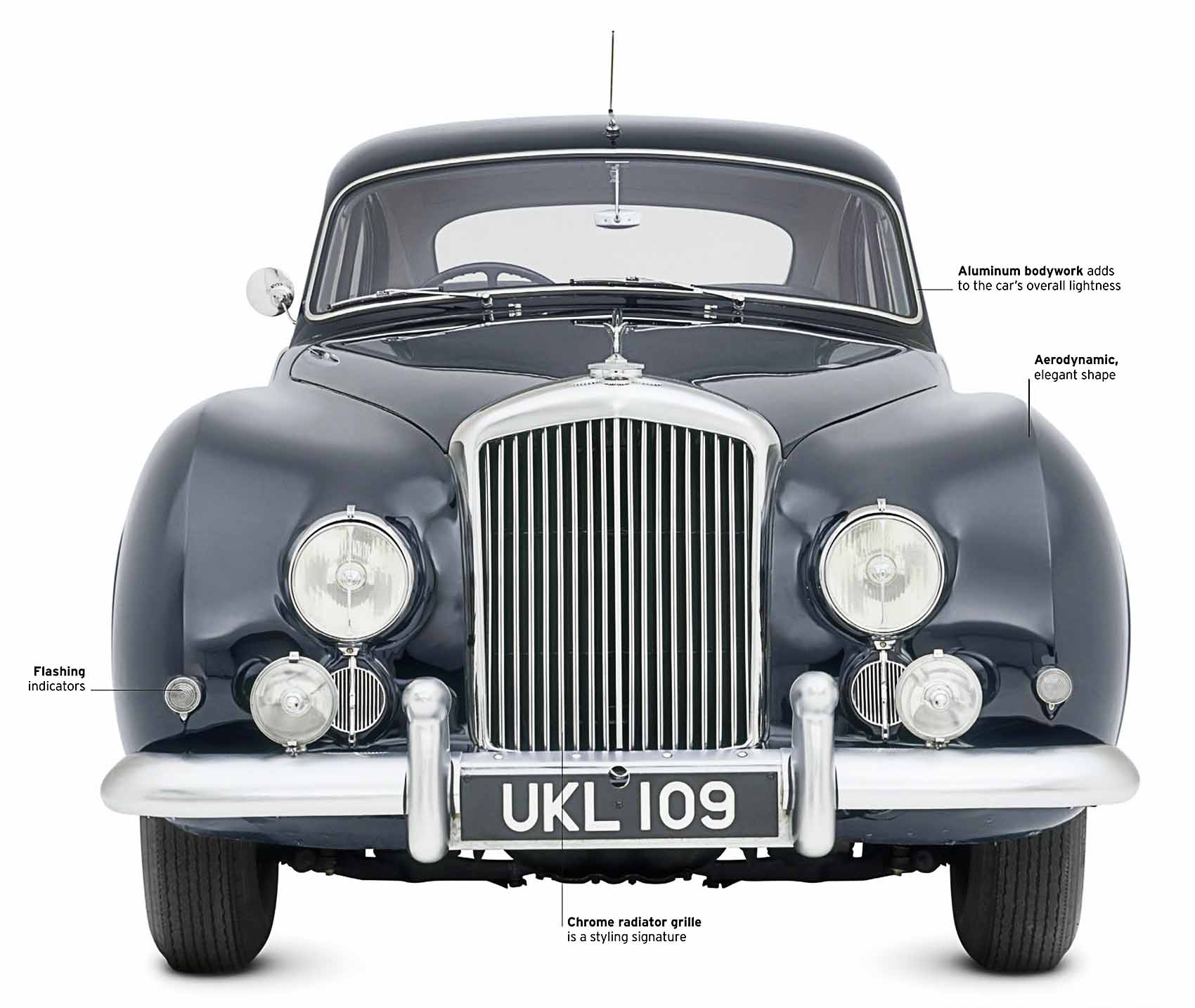
Bentley R-type Continental, 1952
| Origin | UK |
| Engine | 4,566 cc, straight-six |
| Top speed | 115 mph (186 km/h) |
Bentley was owned by Rolls-Royce, and the R-type Continental started as an unofficial project designed to reclaim Bentley as a maker of high-speed, grand tourers. Its lightweight, streamlined aluminium body was wind-tunnel tested, and the car could cruise at 100 mph (161 km/h) for hours. Just 208 were made.
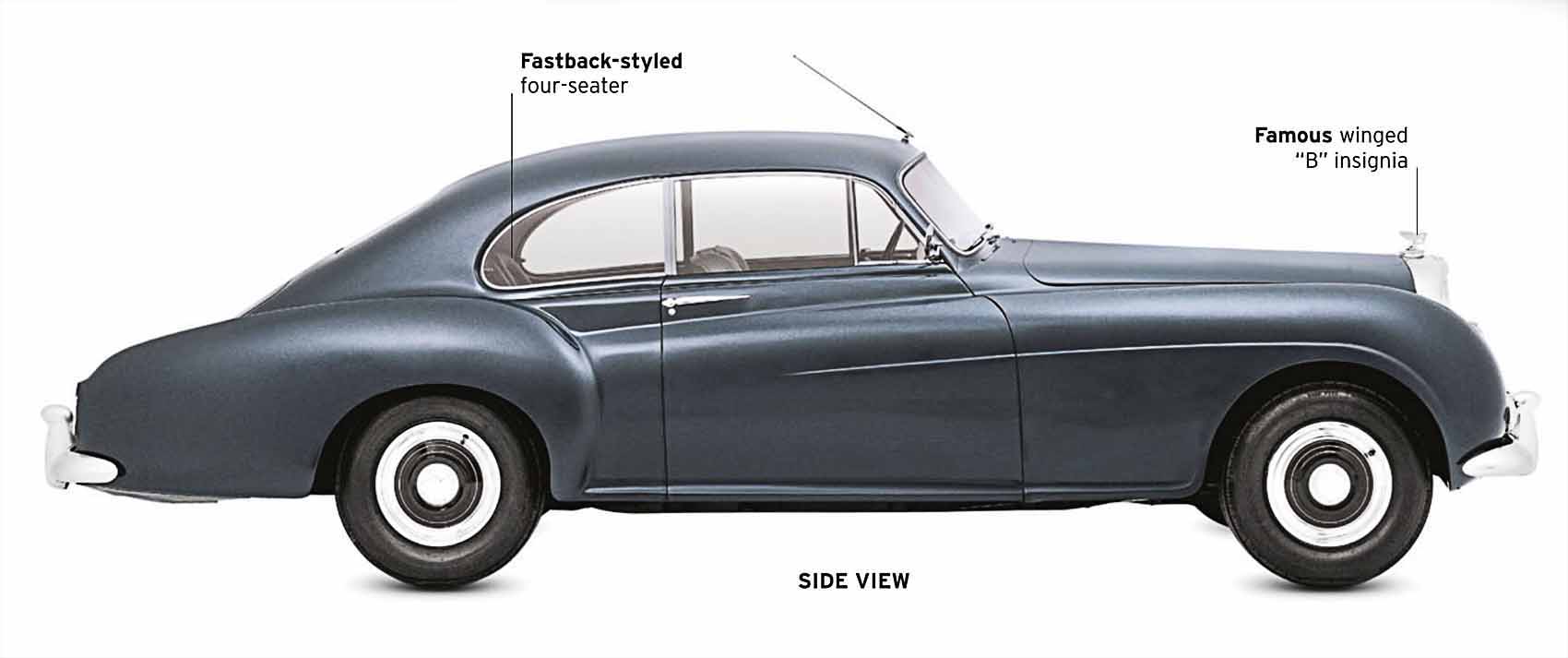
Shaped for speed
The Continental’s long, low-slung shape, with stabilizing rear fins, was the result of thorough wind-tunnel tests.
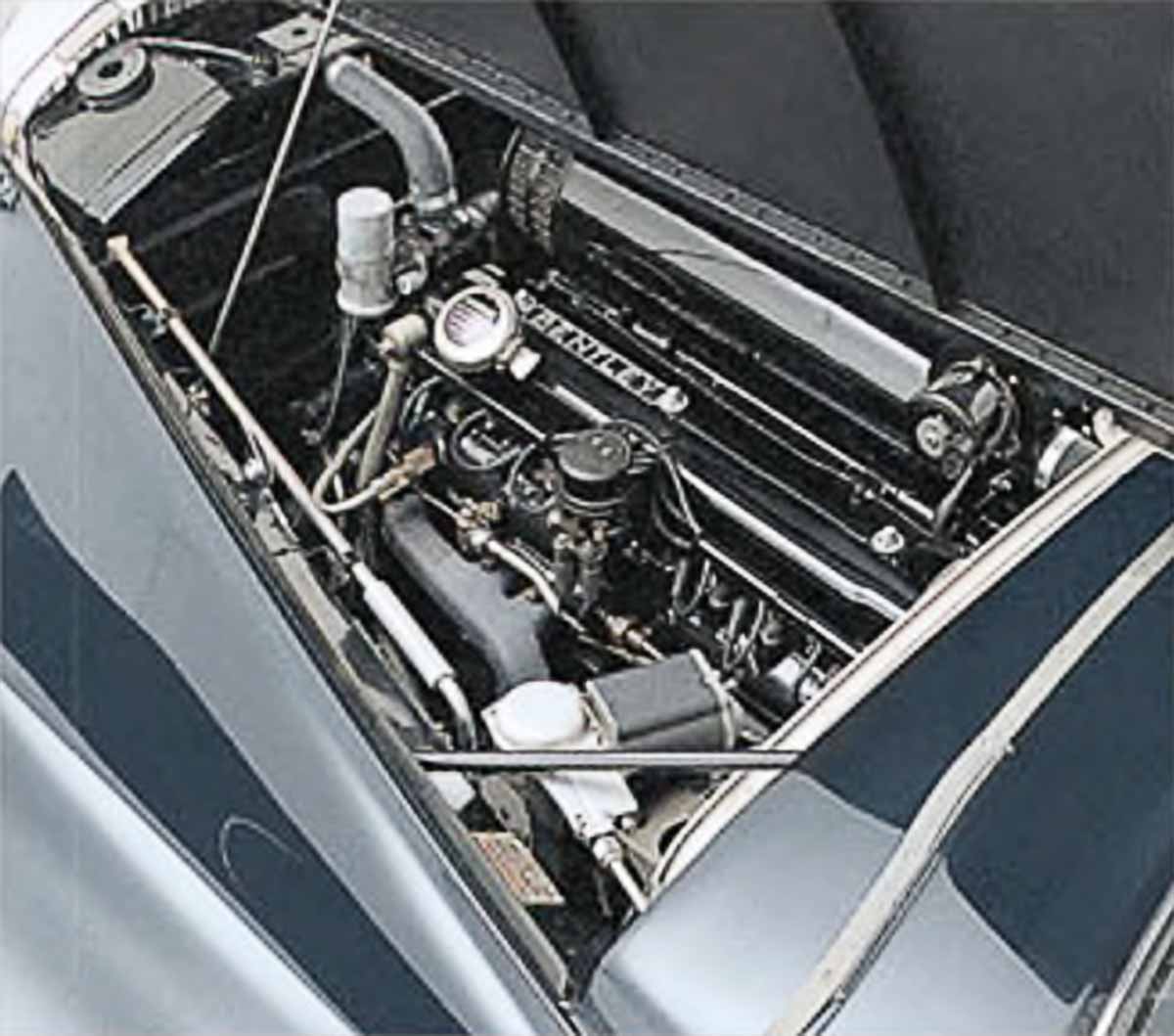
Roadrunner
The Continental shared its 4.6-liter straight-six engine with the stately R-type saloon, but changes to exhaust, carburetion, and induction, as well as higher gear ratios, made it the world’s fastest production four-seater.
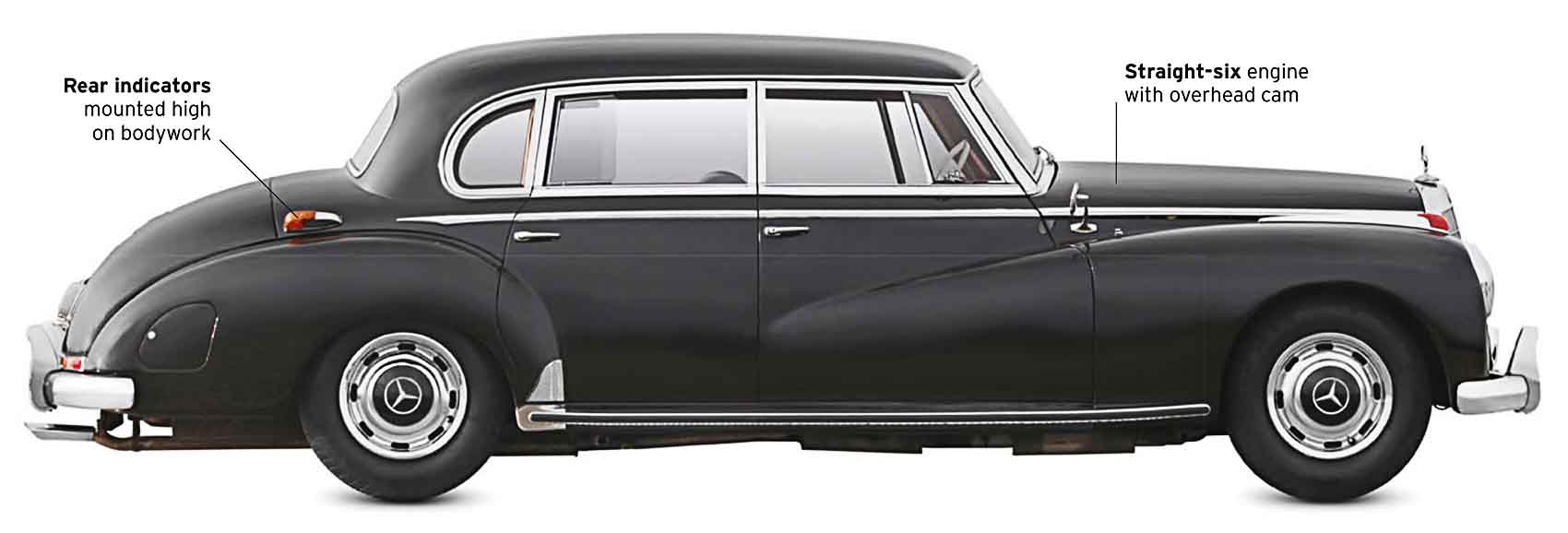
Mercedes-Benz 300, 1951
| Origin | Germany |
| Engine | 2,996 cc, straight-six |
| Top speed | 103 mph (166 km/h) |
Launched in 1951 the 300 was a serious Rolls-Royce and Cadillac rival, championed by the likes of actor Errol Flynn, and Germany’s first post-World War II leader, Konrad Adenauer. As fast as a Porsche, later 300s had fuel injection, like their iconic 300 SL coupe stablemates.
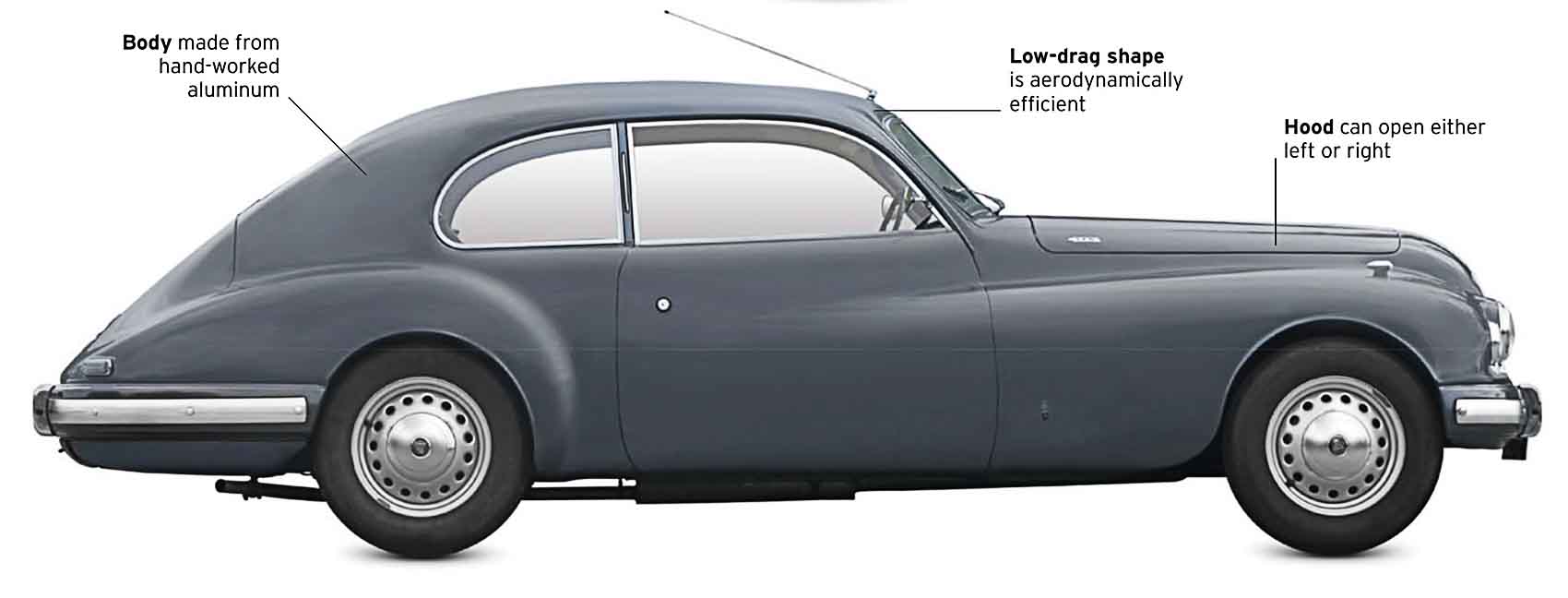
Bristol 403, 1953
| Origin | UK |
| Engine | 1,971 cc, straight-six |
| Top speed | 104 mph (167 km/h) |
This luxury grand tourer was virtually handmade. Its hand-beaten, aluminium body clothed suspension, gearbox, and 100 bhp engine derived from 1930s’ BMW technology, which the Bristol acknowledged with a BMW-like grille. The 403’s wind-tunnel tested body was more aerodynamic than cars made decades later.
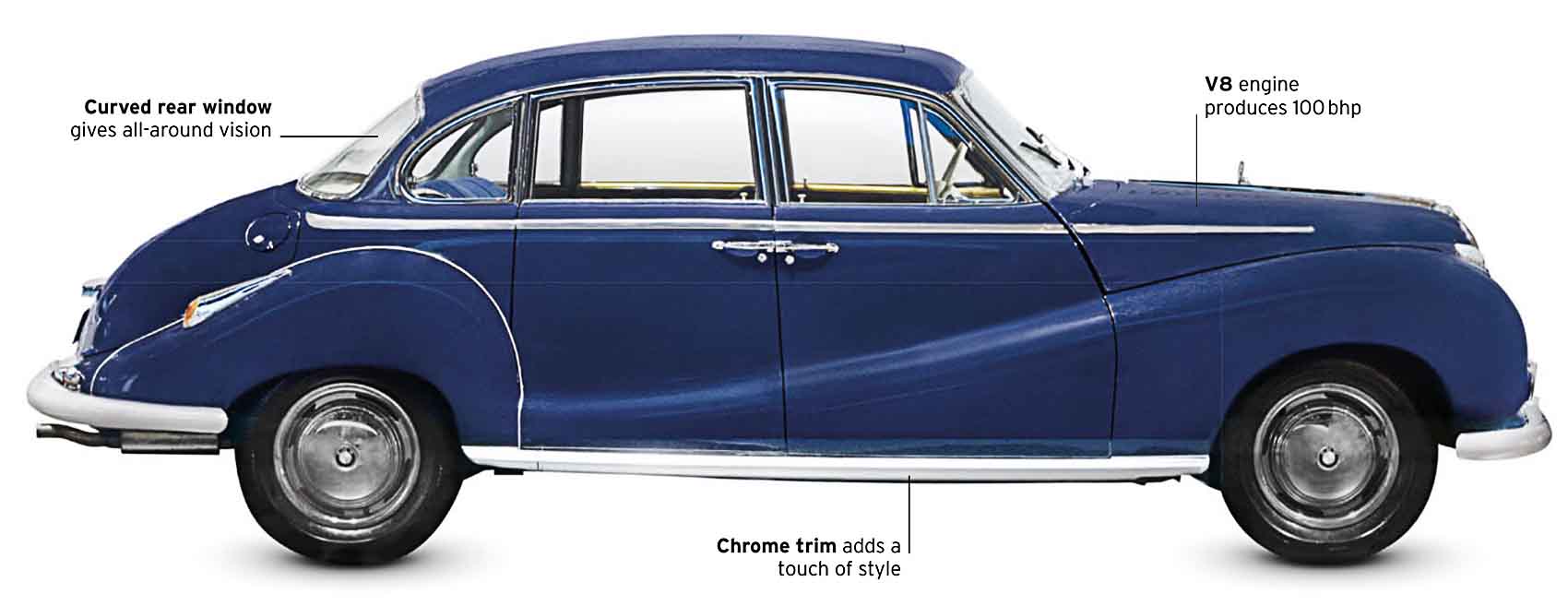
BMW 502, 1955
| Origin | Germany |
| Engine | 3,168 cc, V8 |
| Top speed | 105 mph (169 km/h) |
The first new BMWs since the 1930s, 502s were known as “Baroque Angels” for their distinctive shape. Transmissions were mounted separately from engines, under cabin floors. Innovations included fully independent suspension. The BMW was also the first German car with an aluminium-block V8.
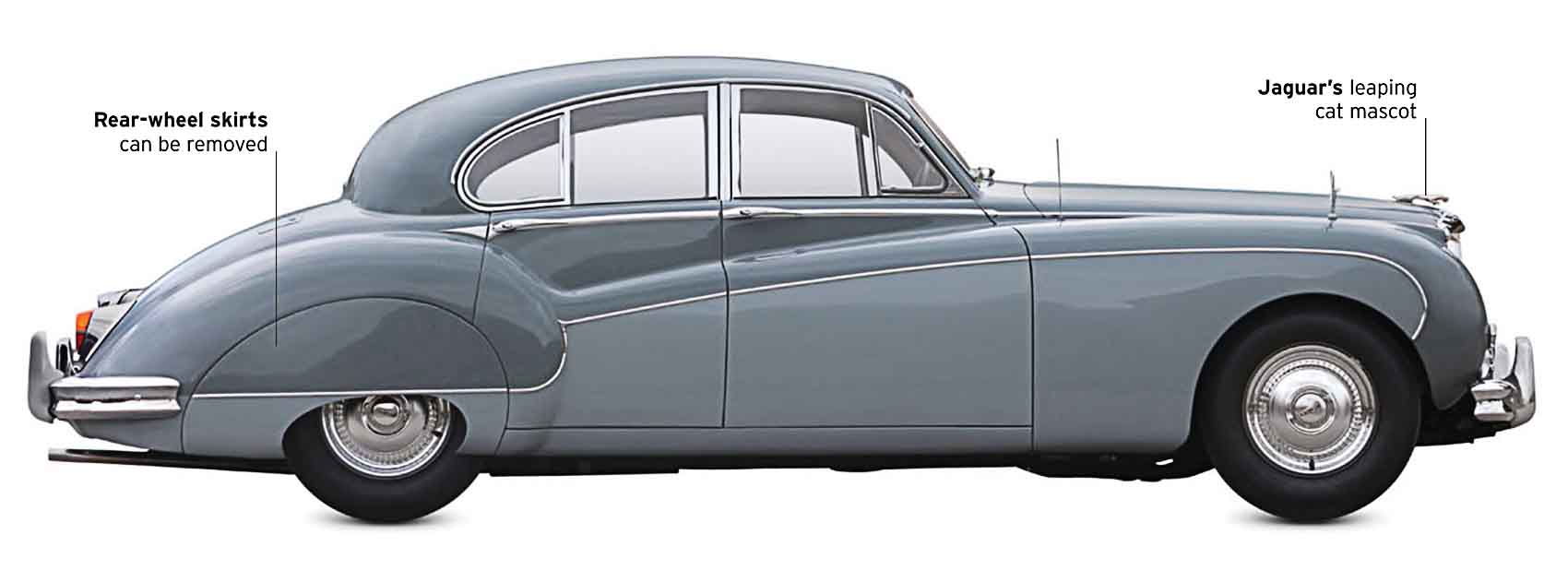
Jaguar Mk IX, 1958
| Origin | UK |
| Engine | 3,781 cc, straight-six |
| Top speed | 114 mph (183 km/h) |
Jaguar dropped in its fabulous twin-cam, XK engine from its sports-car line to power this big saloon. Despite its American-friendly bulk, the fast, fine handling Mk lX became a successful saloon and road rally racer. Cheaper than many rivals, it lived up to Jaguar’s marketing boast of “space, grace, pace.”
It is a quote. The Classic Car Book – The Definitive Visual History 2016




